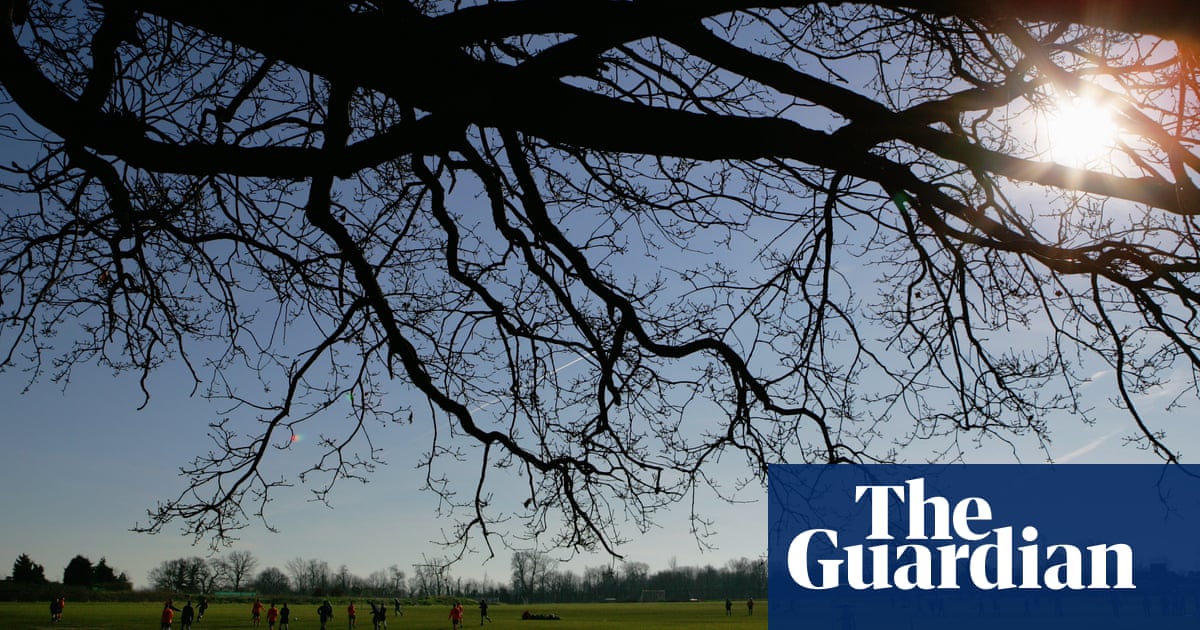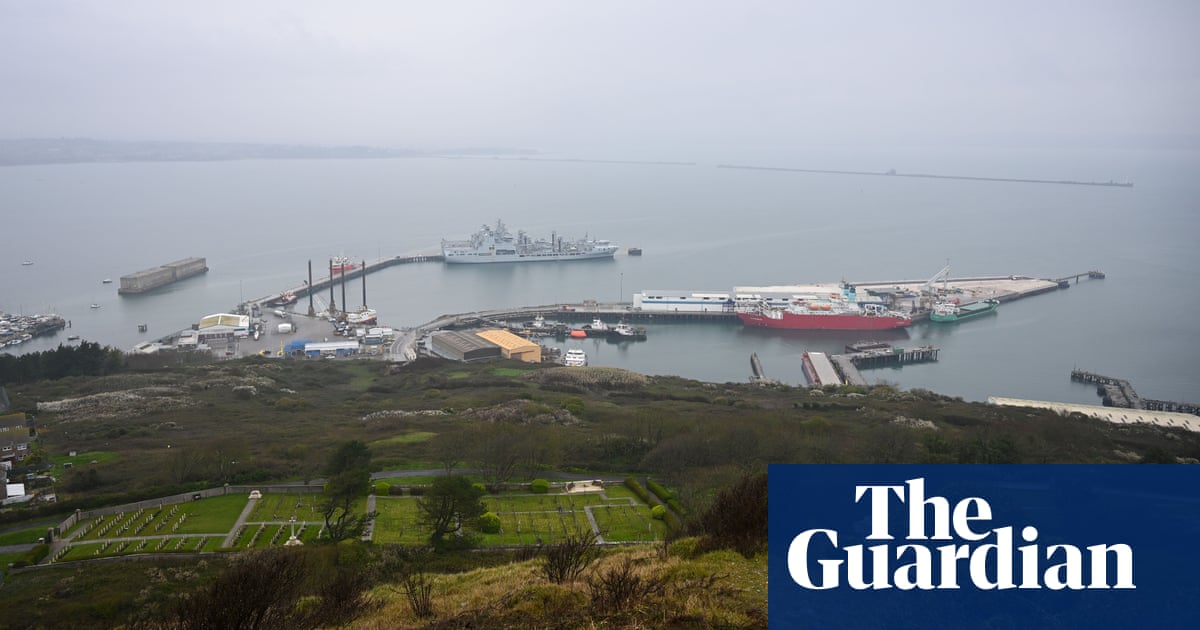
It is a place where rare white storks raise their chicks alongside peregrine falcons and purple emperor butterflies, where the trees are filled with endangered turtle doves and nightingales, and where the population of breeding songbirds is the densest in Britain.
For conservationists and wildlife enthusiasts, the Knepp estate in West Sussex is more than just a wildlife sanctuary, it is a symbol of hope: a former arable and dairy farm that is now a world-famous rewilding project, home to some of the rarest birds and insects in the UK.
But the future of this 1,400-hectare (3,500-acre) estate near Horsham – which, in just 20 years, has been utterly transformed by nature into one of most important sites for wildlife in the UK – is now under threat, campaigners say.
Several major sites being considered for development in a draft local plan by Horsham district council will “devastate” the important rewilding project, campaigners say, blocking off any potential to create a vital, protected wildlife corridor linking the estate with the St Leonard’s and Ashdown forests.
“It’s looking more and more likely that the site closest to us – the one right on our border – will be the one they [the council] could go for,” said Isabella Tree, co-owner of the Knepp estate and author of Wilding, a book about how she turned the former farm’s depleted, loss-making land into the site of the largest rewilding experiment in lowland England.
As many as 3,500 new homes could be built on the greenfield site known as Buck Barn, which Tree says would shut off a key route for wildlife to move in and out of the estate as climate change occurs. “If wildlife can’t move in response to temperature rises, then it’s doomed to extinction. Knepp is a biodiversity hotspot and, at the moment, our species are spilling out into the countryside and green spaces around us. If we build these homes, then basically Knepp becomes yet another island. It completely isolates us.”
This could cause a “catastrophic decline” of the rare and endangered wildlife that has made Knepp its home. For example, Tree says, “the small population of nightingales and turtle doves on our land cannot respond to the pressures on them if they can’t move into other areas of land to feed or to break out to nest.”
She fears the influx of so many new residents to the area will also increase local air pollution and put thousands more cars on the roads nearby, further penning in the wildlife of the estate. “There are sites for Horsham district council that are near railway stations and existing infrastructure – that is where housing needs to be built, where people can walk or cycle to shops and schools, without having to get into a car.
“This development would be out in a greenfield site with no infrastructure connecting it at all, and anyone living there would be entirely dependent on a car to do anything. It just seems completely mad.”
Despite fierce local opposition, Tree fears the new local plan could be adopted by the council in a matter of weeks. “This really is a test case that will reveal how seriously the government is taking landscape recovery. We’ve got to act now to save the last little remnants of green space that can actually rebuild our network of nature again, and our landscapes – or it’s gone for ever.”
A Horsham district council spokesperson said the council was required by government to produce a local plan showing how future housing could be built in the district: “It is government policy that every council with planning responsibilities should produce such a plan.” The number of houses that must be built locally was also provided by “a government formula”, the spokesperson added, forcing the council to plan for 1,200 new homes to be built every year in the district.
“Clearly, any additional housing has an impact on the environment,” the spokesperson said. However, the council is working with Sussex Wildlife Trust on the Wilder Horsham District project, a five-year partnership that aims to help wildlife thrive across the district and to create protected networks of land that allows habitats to expand.
“This includes joining up key sites such as the Knepp estate with woodland to the north-east of Horsham and the Mens to the west of Horsham district,” the spokesperson said.
“No decisions have yet been taken on the content of the local plan, but land that is identified to meet the government’s housing requirements will have to provide at least 10% biodiversity net gain and contribute to the council’s Wilder Horsham District objectives, including the provision of a nature-recovery network across Horsham district.”
Other rewilding projects
Wild Ken Hill, Norfolk This project is returning 1,500 acres of Norfolk farmland to nature by letting it become wild. The land includes freshwater marshes, ancient woodland, wood pasture, fen-like areas and acid heathland. It is now home to beavers, free roaming red poll cattle, Tamworth pigs and Exmoor ponies.
Wicken Fen, Cambridgeshire This rewilded arable land, owned by the National Trust, has become one of Europe’s most important wetlands. It is now home to a record-breaking 9,600 species of plants, birds and invertebrates - including rare bitterns, cuckoos, hen harriers, short-eared owls, orchids and dragonflies.
Purbeck Heaths, Dorset Seven landowners recently joined forces to create the largest lowland heath national nature reserve in the UK: a 3,331-hectare site similar in size to the town of Blackpool. Fences were removed so horses, North Devon and Longhorn cattle and Mangalica pigs could graze across the land, conifer plantations were restored back to heathland and osprey and ladybird spiders have been reintroduced.












